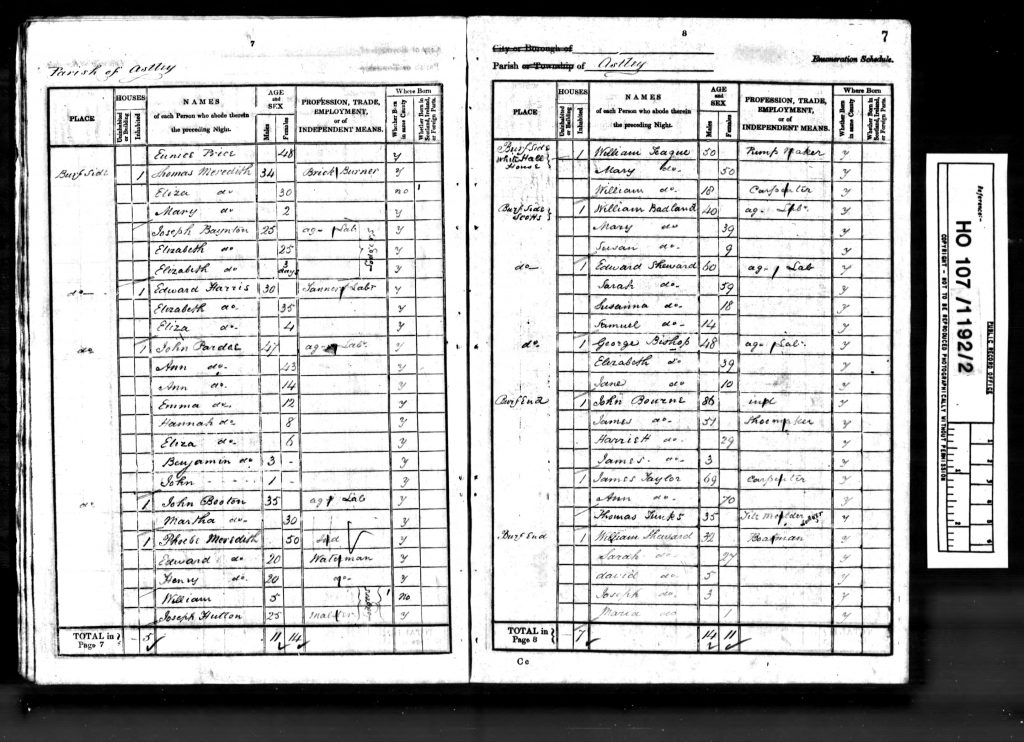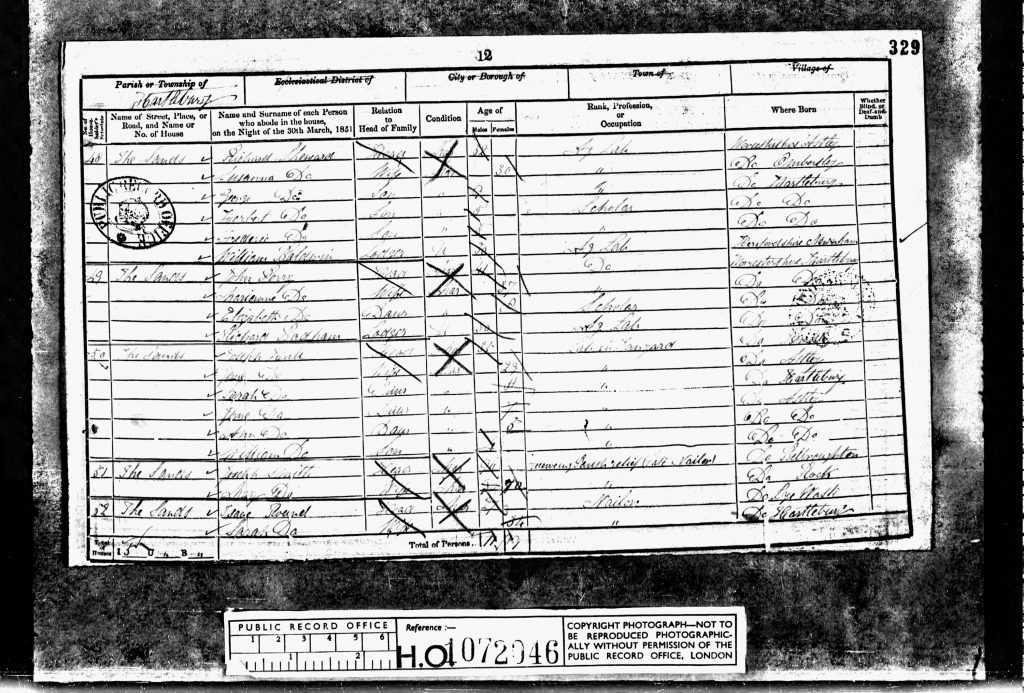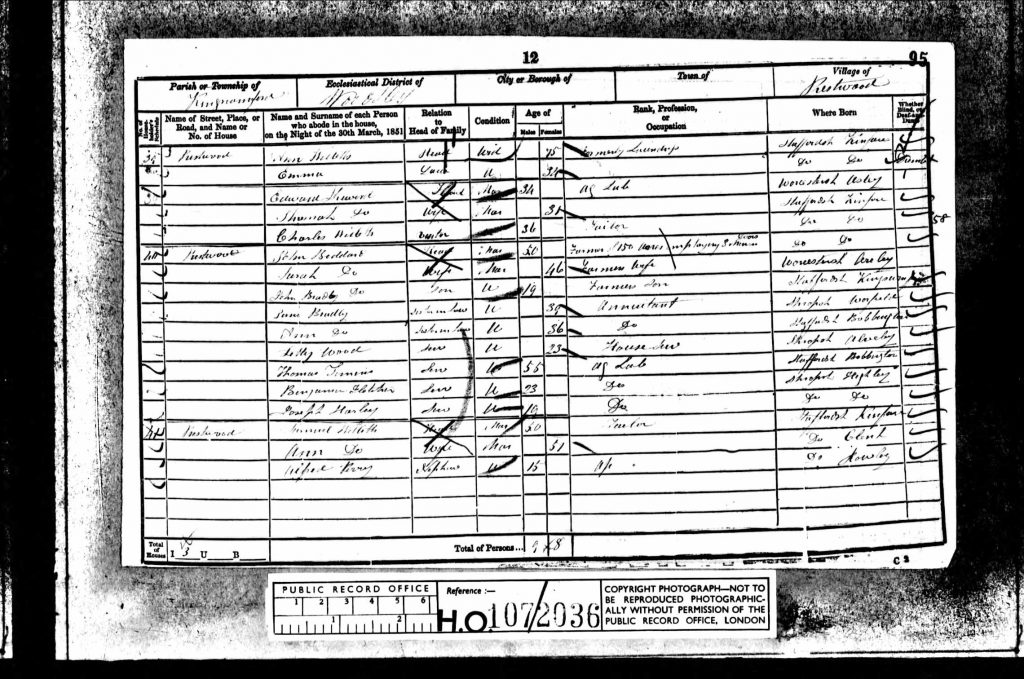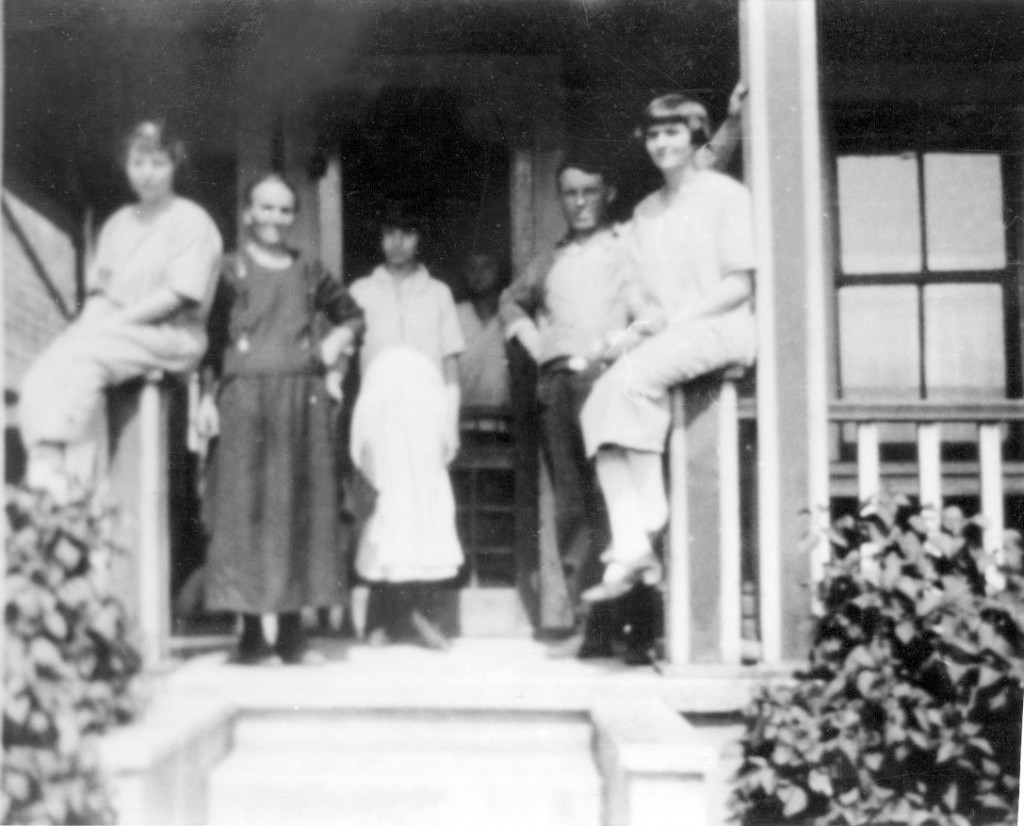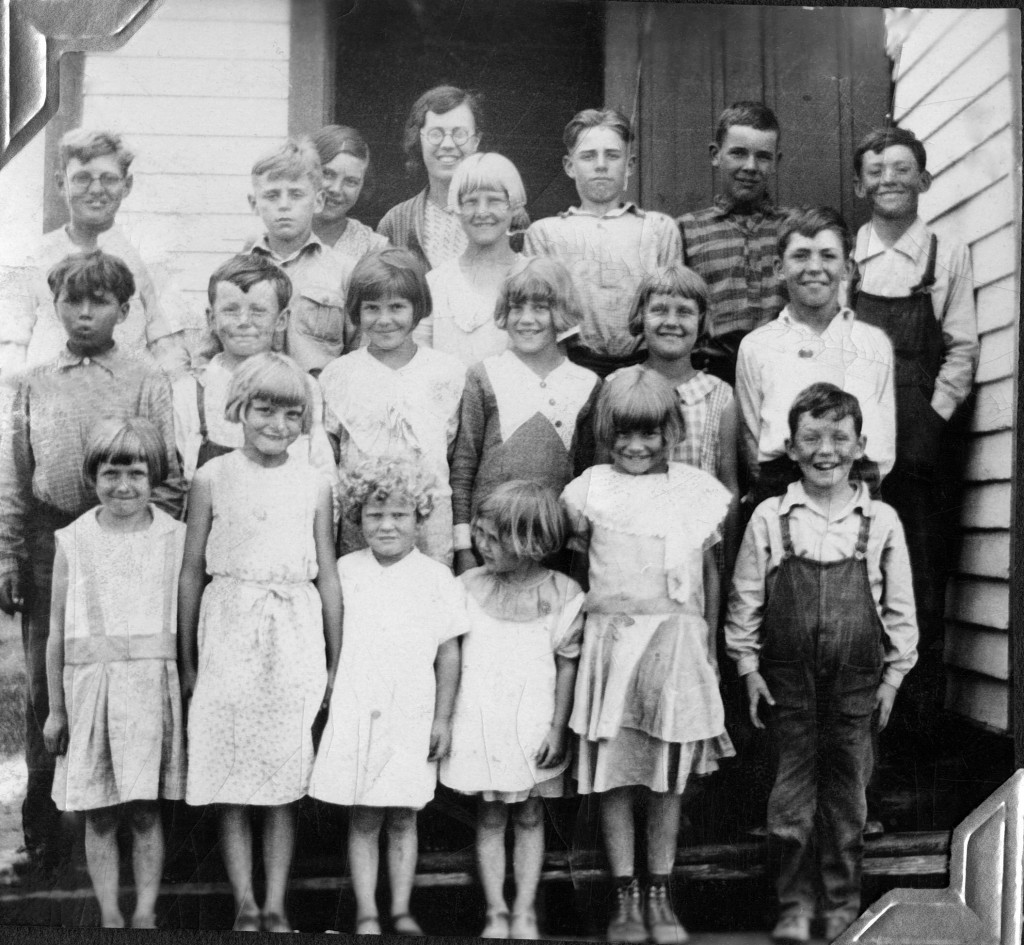
The US Census
Continuing with our series of articles about census records of genealogical value, we would be making reference here to the US historic censuses.[i]
- The first thing to point out is that census records from 1790 to 1940 are maintained by the National Archives and Records Administration while the U.S. Census Bureau, deals with census performed after 1940.
- The most recent publicly available census records are from the 1940 Census, released April 2, 2012. Another thing to be taken into consideration is that census records in the US became publicly accessible just 72 years after each decennial census.
- However individuals may request their own records before they are publicly available via the Census Bureau’sAge Search service.
What kind of information can I get from my ancestors at US censuses?
- The United States has collected data about its population since 1790 and continues to do so every 10 years. In the US censuses carried by the Federal Government besides as serving for the normal purposes every census is used “serve as inventory of everyone living in the United States” and are “ taken for the purpose of determining representation in the House of Representatives”.[ii]
- Up to 1840 censuses have limited value from the genealogical point of view as they name only the head of household and headcounts.
- Beginning in 1850, the census records began asking for more information and therefore, became a useful source of genealogical information, with the exception of the 1890 Census that unfortunately was destroyed by fire and only a few fragments remain.
As follows we provide a table detailing the information of genealogical value available per census. This table has been created and published by the LDS Family Search and can be found at: https://familysearch.org/wiki/en/Beginning_Research_in_United_States_Census_Records#What_are_the_United_States_census_records.3F
| Basic Family Information Found in the U.S.Census by Year (other smaller details also given but not listed here) |
||
| Year of census | Useful Information | |
| 1850 |
|
|
| 1860 | ||
| 1870 | Adds:
|
|
| 1880 | Adds:
|
|
| 1900 | Adds:
|
|
| 1910 | Drops:
Adds:
|
|
| 1920 | Drops:
Adds:
|
|
| 1930 | Drops:
Adds:
|
|
| 1940 | Drops:
|
|
How can I have access to US historic census records? Is it hard?
- No, it isn´t hard. Online subscription services to the National Archives are available to access the 1790–1940 census records and many public libraries provide access to these services free-of-charge. Contact your local library to inquire if it has subscribed to one of these services. Check this at: http://www.census.gov/
- Besides the National Archives there are many providers both by subscription and free of charge.
- familysearch.org is one of the free suppliers of US censuses but they do just supply the indexes and not the images.
- The National Archives, provide online free data of the 1940 Census
- You can check both indexes and images of US censuses online by paying a fee at:
- In addition to the censuses conducted by the federal government, many state censuses have been conducted. Some of these censuses date to the colonial period. Although the National Archives may have some of these records, it is advisable that you contact your local archives or local library to inquire about their state census holdings
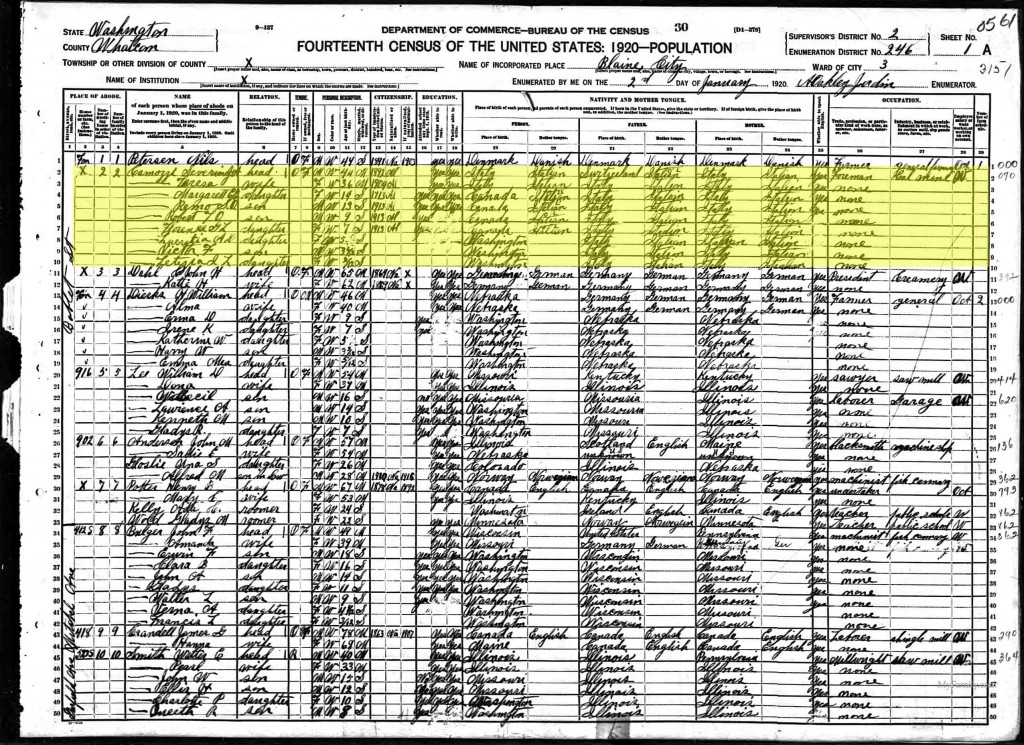
Is there anything else I should take into consideration when searching ancestors in the US censuses?
- Indeed, yes. You should take into consideration that search results may vary by site, due to both, variations in search engines and differences in interpretation of handwriting in If you can´t find your ancestors in one collection, you might try others.
- However, before giving up with a collection you can try spelling the first or last name of your ancestor differently. It may have been indexed incorrectly.
- Besides this, consider that often a person who has both a first and middle name might appear with the first name in one census and the middle name in another census. Try searching both ways.
- Also, when searching for a woman, make sure to search for her under her maiden name and under each of her married names.
- Look for your ancestors in every census in which they could appear: you could learn something new from each.. [iii]
Last but not east, combine the information you learn from the census records with vital records and other information you might already have. This could lead you to search other records, and continue growing your family tree.
[i] https://www.census.gov/history/
[ii] https://familysearch.org/wiki/en/Beginning_Research_in_United_States_Census_Records#What_are_the_United_States_census_records.3F
[iii] https://familysearch.org/wiki/en/Beginning_Research_in_United_States_Census_Records#How_do_I_access_them.3F
By, Carmen Vazquez Sibils

